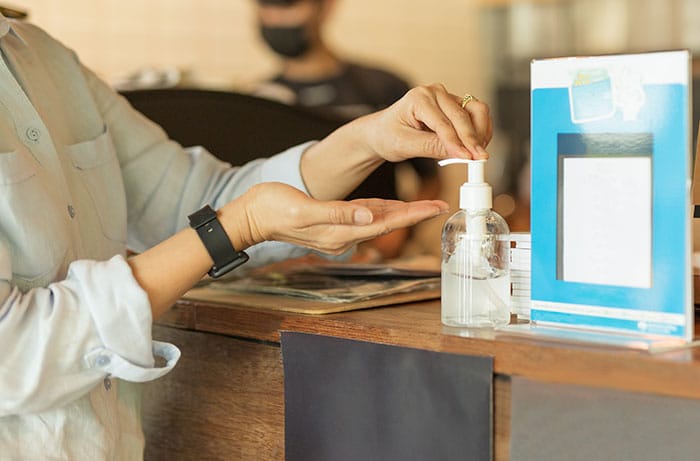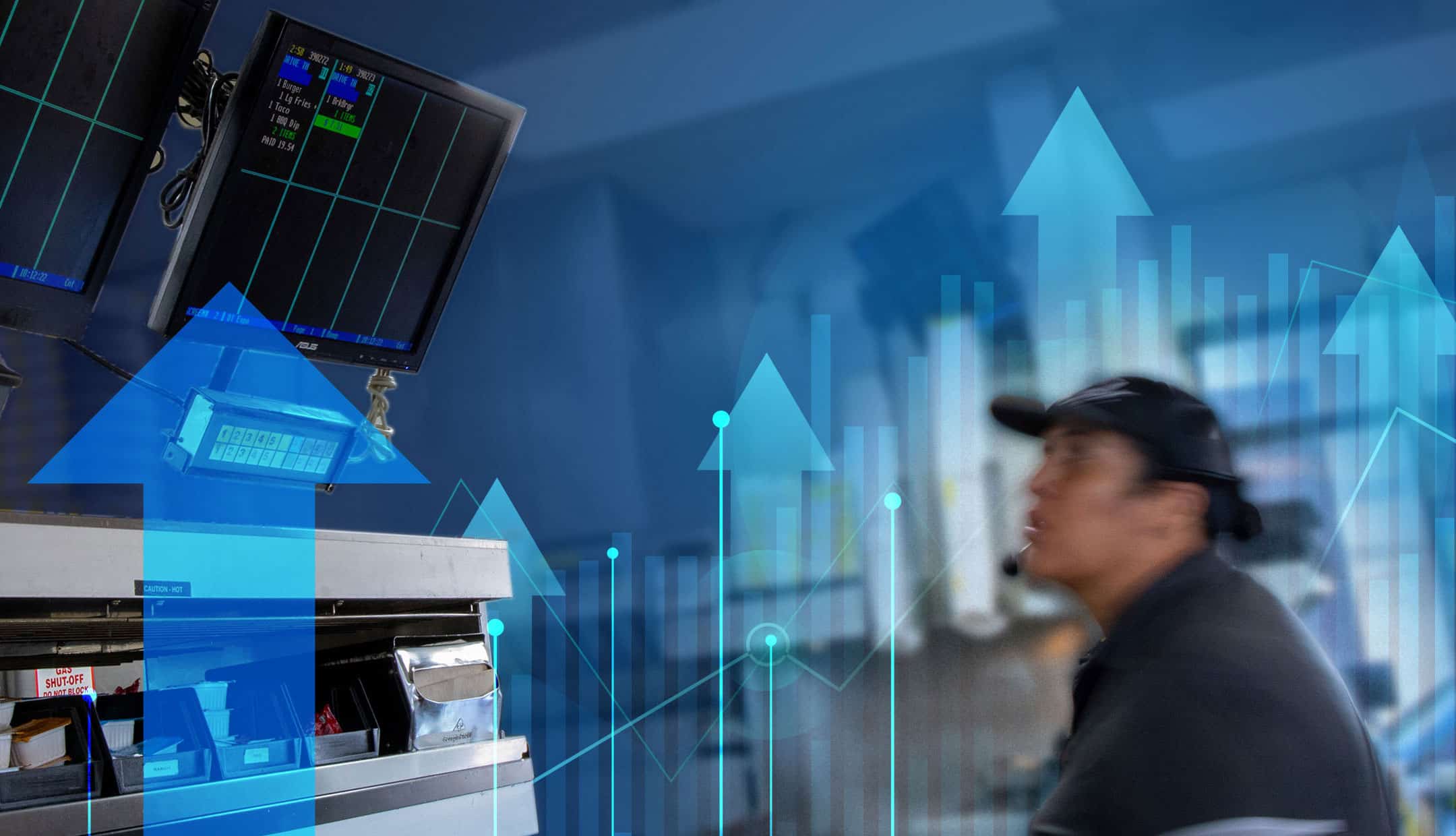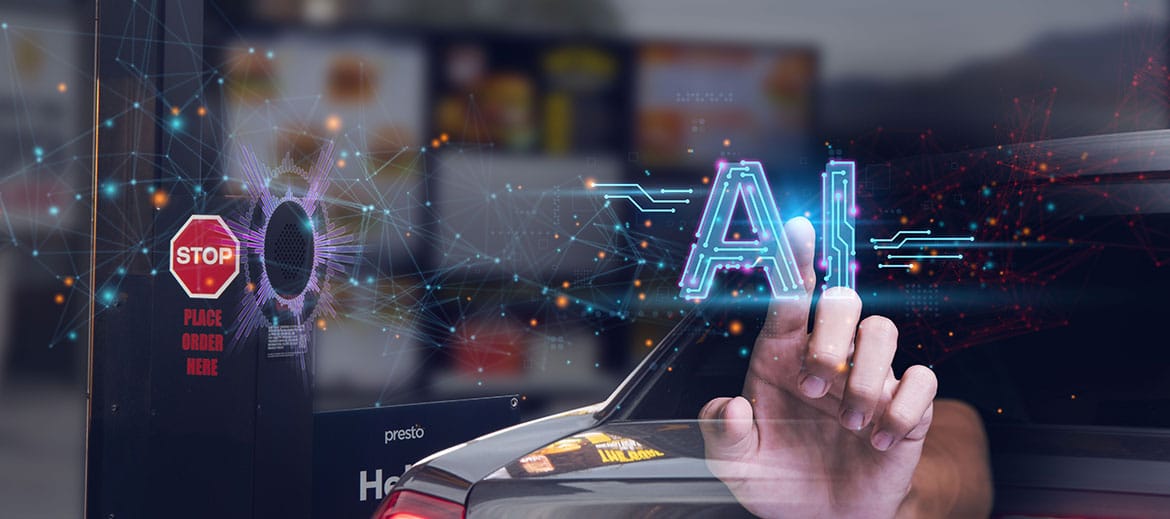As consumers get increasingly bored staying and cooking at home, restaurant traffic is expected to increase rapidly as COVID-19 restrictions are slowly eased. But the new normal may be very different from what you were used to before March 1. Will your casual dining brand be ready? Here are our quick tips to get started on preparing immediately.
Keep Labor Spend Lean
Run your restaurant as lean as possible by leveraging inexpensive tools and technology for both back-of-house and front-of-house. Restaurants nationwide will struggle to keep their doors open. The only viable solutions are to shut down their restaurant, or to acquire technology to make their labor more efficient and more productive. Leveraging technology can be a highly cost-saving option for restaurant operators. For example, Server Handhelds can help operators achieve a 10:1 table to server ratio.
Find Inexpensive Ways to Drive Guest Traffic
Prioritize guest experience and driving traffic over check size in a difficult economy. Restaurants can achieve this even in a post-pandemic climate in a recession by leveraging personalization technology to tailor guest experiences, capture guest data and target marketing efforts via digital channels. By identifying the guest and knowing their unique dining profile, the restaurant can send the guest personalized offers, provide a superlative experience that other restaurants cannot provide, and encourage the guest to return.
Offer a Limited Menu
While raising menu prices has been a common method of improving bottom line in the past few years as labor costs increase, the tactic will no longer work during a recession, when guests are looking for more value. To reduce food costs and improve execution, consider trimming down the number of menu items you offer. Limiting your menu not only cuts down the amount of ingredients needed in your kitchen and food costs. It helps operators increase the speed with which they can serve guests, and therefore improve guest sentiments.
Offer a “Minimal Human Contact” Experience
Ensure all guests can enjoy an experience with minimal human contact, from walking through the front door to payment. To keep the lobby experience hospitable, restaurant hosts can be augmented or replaced with self-seating kiosks. To-Go Kiosks can also be placed in the lobby by allowing guests to submit to-go orders on their own directly to the kitchen using the same kiosk device. Finally, restaurants can deploy order and pay-at-table technology to keep the dine-in experience as contactless as possible.
Go the Extra Mile to Make Guests and Staff Feel Safe
Remind guests that their safety is your top priority by placing conspicuous messaging in multiple areas. Provide hand sanitizer stations and post updated sick leave policies in the dining room to show the steps you are taking to keep servers healthy. Take the extra step to post your sanitizing procedures on signs by each table, and encourage cashless payments. Finally, conduct regular temperature checks for both staff and guests, and consider providing masks and gloves for servers.Expectations from casual dining will change and the popularity for off-premise is here to stay. You will see more technology and contactless experiences in the front-of-house. These new measures are worth taking to ensure that guests feel comfortable and are more likely to return. Who thrives in this new normal will ultimately depend on the judicious utilization of technology, people, and processes.
This blog contains excerpts from a white paper covering further research and tips for how restaurants can thrive in the new normal. To receive the full white paper, please contact info@presto.com.



